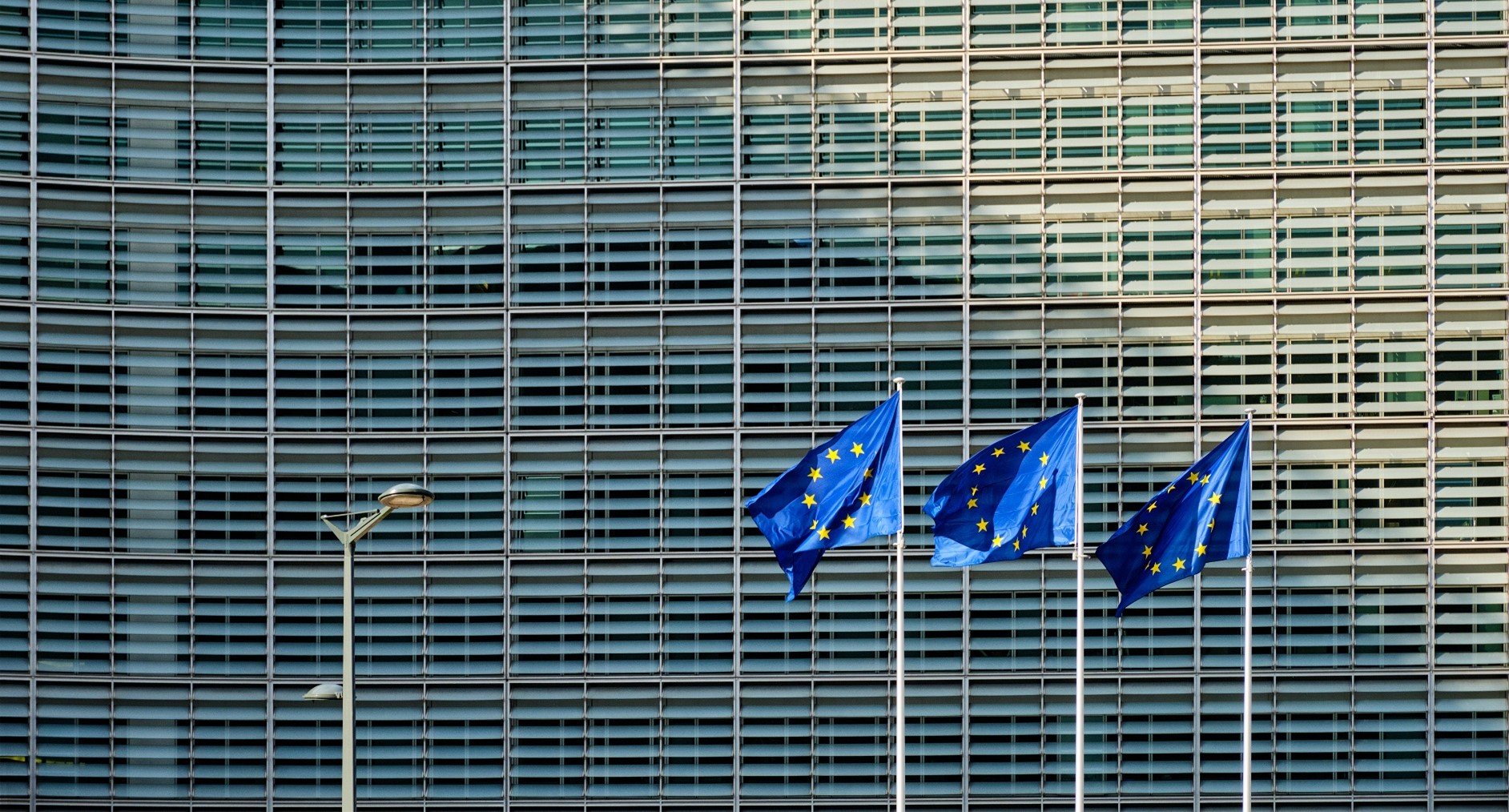
Edge Computing Drones: The Future of UAVs and Efficient Data Processing
Edge-enabled drones are unmanned aerial vehicles (UAVs) equipped with edge computing capabilities that allow them to capture data from various sensors and process it in real-time at or near the point of origin. As such, they provide benefits that can optimise operations in various industries, including agriculture, logistics, construction, public safety, and energy and utilities.
What are edge-enabled drones?
Edge-enabled drones are unmanned aerial vehicles (UAVs) that have compute installed on the device. Edge-enabled drones can be equipped with a range of sensors, such as cameras, lidar and infrared sensors, capturing data that is used for navigation and other specific use cases. In addition to the compute on the device, drones can stream data to local compute facilities for applications that require greater processing power. The integration with local edge compute racks allows for the analysis of this data in near real-time, a prerequisite for many use cases requiring fast instantiation and action. Drones equipped with navigation compute will usually use this as a backhaul when they lose connectivity, allowing them to complete their flight safely without the need for a constant connection. Intelligent drones of this kind are invaluable when needing to survey a wide area, such as in agriculture or military applications. One solution provider we spoke to is using edge enabled drones for consumer delivery, using precision location services to deliver packages to drop off zones close to the end customer.
Figure 1: Benefits of edge-enabled drones

Which verticals can benefit the most from using UAVs?
Several industries can benefit from the use of edge-enabled drones. These industries include but are by no means limited to agriculture, logistics, construction, public safety, and energy and utilities. Incorporating edge-enabled drones into their operations can provide these industries with a range of advantages, such as increased productivity, enhanced operational visibility, improved decision-making, and better resource allocation.
| Vertical | Benefits of Edge-Enabled Drones |
|---|---|
| Agriculture | Provides real-time data for informed decision-making, monitors crop growth, detects pests, used for precision agriculture, cost-effective compared to traditional methods. |
| Logistics | Optimizes delivery operations, captures and transmits real-time data on delivery, ensures timely and undamaged delivery, faster, more cost-effective and environmentally sustainable. |
| Construction | Monitors construction sites in real-time, creates high-resolution maps and 3D models for site planning, identifies potential issues, optimizes workflows, improves safety. |
| Public Safety | Improves situational awareness during emergencies, locates people in need, monitors large public events, provides real-time images and data for better traffic management. |
| Energy and Utilities | Provides efficient way to inspect and monitor infrastructure, detects potential issues early, monitors environmental factors, quickly deployed in emergency situations. |
#1 Agriculture
Edge-enabled drones are useful in agriculture as they can provide farmers with real-time data and insights that allow them to make more informed decisions about farming operations, which can lead to improved crop yields and increased profits. For instance, edge-enabled UAVs can capture high-resolution images and stream this data to a local edge node. Real-time analysis of this data, leveraging machine learning algorithms, can help farmers monitor crop growth, identify diseases, and detect pests. Edge-enabled drones can also be used for precision agriculture, which enables farmers to target specific areas of their fields to apply fertilisers and pesticides to optimise and increase soil quality and productivity. Traditional methods of crop monitoring and precision agriculture are heavily reliant on manual labour and expensive equipment. In comparison, edge-enabled drones offer a cost-effective solution as edge-enabled drones are relatively inexpensive and can cover large areas quickly and efficiently, which makes them an attractive option.
#2 Logistics
Logistics is another vertical that can benefit from using UAVs equipped with edge computing. In this case, edge-enabled drones can help companies optimise delivery operations and improve customer satisfaction. Such drones are particularly useful for last-mile delivery of parcels and packages, especially in remote or hard to reach areas, as well as in situations where traditional delivery methods are not feasible. Edge-enabled drones can capture and transmit real-time data on delivery, such as location and weather conditions, which allows logistics companies to track and monitor the delivery of packages better and ensure that the items are delivered on time and not damaged. Finally, drone deliveries are faster and more cost-effective than traditional delivery methods, as well as more environmentally sustainable because edge-enabled drones have a lower carbon footprint compared to other means of delivering.
#3 Construction
Edge-enabled drones can be used to monitor construction sites, providing real-time data on site progress, safety, and compliance, which can reduce the risk of accidents or delays. UAVs can be used to create high-resolution maps and 3D models of construction sites, which can be used for site planning, design, and analysis. This can help construction teams identify potential issues before they occur and optimise construction workflows, which, in turn, can lead to improved efficiency and safety. Safety in construction areas can also be improved by using drones to perform inspections in hard-to-reach areas, including roofs, facades, and towers, where accidents are most likely to occur. Finally, edge-enabled drones can be used to monitor the equipment to identify any faults or defects, as well as monitor the site to detect and alert about any potential security breaches or unauthorised access.
#4 Public safety
There are various situations where edge-enabled drones can be a valuable tool in ensuring public safety by providing better situational awareness and critical data to emergency responders, ultimately leading to improved public safety. UAVs can be used to quickly locate and identify people in need of assistance in disaster or emergency situations. They can provide aerial perspective of the area and transfer real-time images and video footage to teams on ground, allowing them to locate and rescue individuals more efficiently and safely. Edge-enabled drones can also be used to monitor large public events, such as concerts or sports events, to ensure safety and security of participants by identifying potential hazards and crowd management issues, as well as monitoring potential threats. Finally, edge-enabled drones can be used to monitor traffic in congested areas or at accident sites to provide real-time images and data that can improve traffic management strategies as well as public safety on the roads.
#5 Energy and utilities
Edge-enabled drones can provide a faster, more efficient, and safer way to inspect and monitor energy and utilities infrastructure, reducing the risk of downtime and improving overall system reliability. UAVs equipped with edge computing capabilities can be used to remotely monitor equipment and infrastructure, especially in remote and dangerous locations, to detect potential issues before they become serious problems. For instance, a drone could detect a cracked solar panel and alert maintenance workers before the panel fails completely. Edge-enabled drones can also be used to monitor environmental factors, such as air quality, and water quality (which can have a significant impact on energy and utilities services), to enable quick response to any issues. Finally, edge-enabled drones can be quickly deployed in emergency situations to assess damage and identify areas in need of repair to efficiently restore the services.
Figure 2: Verticals that can benefit from using edge-enabled drones

Final thoughts
Edge-enabled drones have the potential to revolutionise the way businesses collect and use data, as well as interact with their customers. By providing real-time data insights and personalised services, drones can improve customer engagement and satisfaction, while also providing businesses with a competitive advantage. As the technology continues to evolve and improve, we can expect to see even more industries adopting edge-enabled drones in the future.
What does IPCEI CIS tell us about the future of edge and cloud in Europe?
We discuss this EU-funded initiative’s pivotal role in advancing interoperability, sustainability, and cybersecurity, as industry giants like Orange, SAP, and Deutsche Telekom collaborate to shape Europe’s tech trajectory.
Accelerating the network: Lessons from Lumen and SK Telecom
STL Partners has conducted extensive research on telcos globally, focusing on their edge computing deployments. STL’s report “Telco network edge computing: Lessons from early movers” delves into the experiences of Lumen, SK Telecom, Telefónica, Verizon, and Vodafone, all of which commercialised edge nodes before 2020. This article highlights key findings and four crucial insights gleaned from these early telco-edge movers.
100 Edge computing companies to watch in 2024
As always, this list includes a range of companies, from start-ups to those established in the ecosystem. This year, we’ve asked companies to provide more information on their key proposition within the edge computing market, as well as who their customers are.




